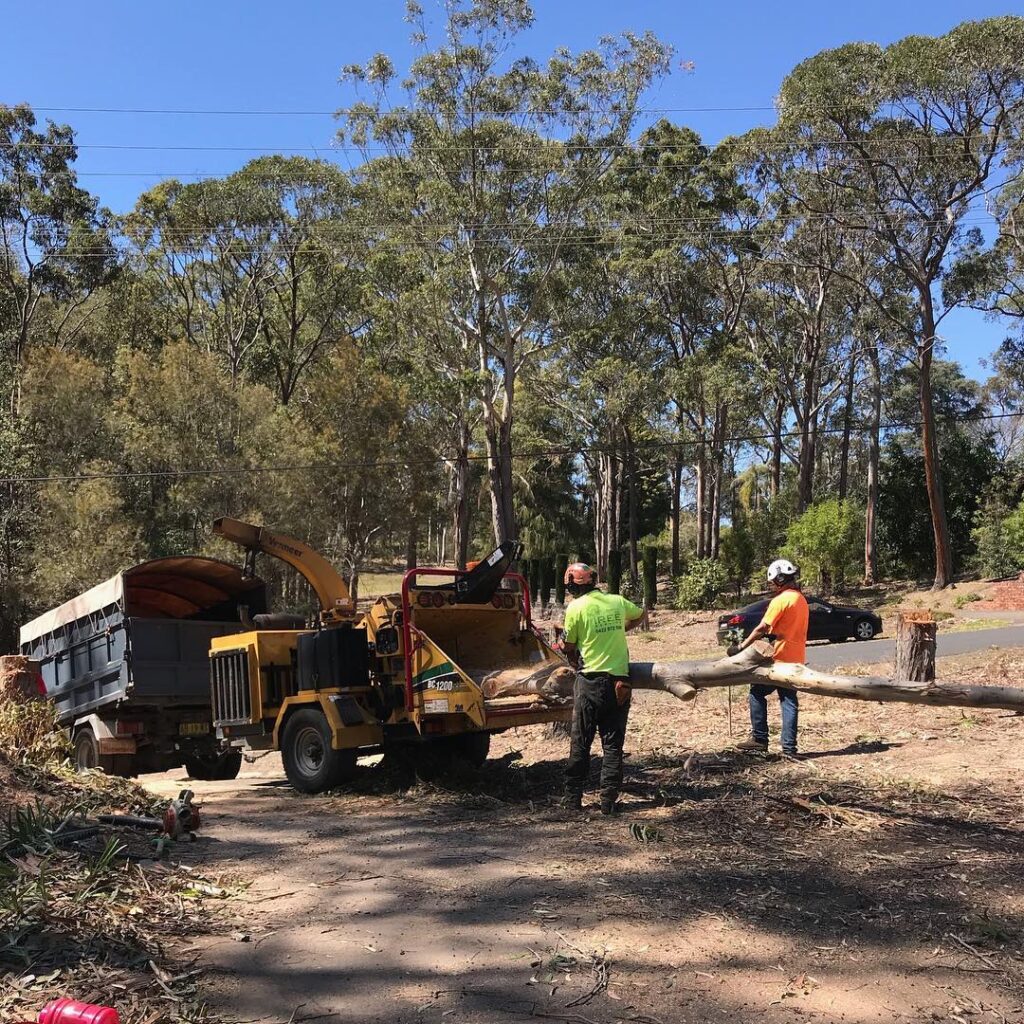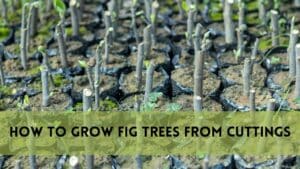When confronted with an uprooted tree, homeowners and property owners must make a key decision: whether to replant the fallen tree or remove it. This decision is influenced by various factors, including the tree’s health, location, safety concerns, and the owner’s landscaping ambitions. In this guide, we’ll go over the most important factors to consider and options when dealing with uprooted trees, so you can make an informed decision about whether to transplant or destroy these natural assets.
How Tree Get Uprooted?
Strong winds: Strong winds can exert immense pressure on a tree’s canopy during hurricanes, potentially uprooting it.
Soil Erosion: When soil erodes away from the base of a tree, it weakens the root system, increase danger of uprooting.
Shallow Roots: Trees with shallow root systems are more prone to uprooting, whether naturally occurring or caused by bad soil conditions. Excessive rain or flooding saturates the soil, making it less stable and more prone to uprooting.
Tree Health: Sick or weakened trees are more likely to uproot, particularly if they are infected with diseases, pests, or have internal decay.
Construction Activities: Tree roots can be injured during construction, increasing the likelihood of uprooting.
Age: Due to aging and decaying root systems, older trees may uproot more easily.
Unstable Soil: Trees in poorly compacted soil, such as sandy or loose soil, struggle to hold their roots, increasing the danger of uprooting.
What To Do With Uprooted Trees: Can they Replant?
Yes, an uprooted tree can often be successfully transplanted, but this is dependent on a number of critical variables. To begin, rapid action is required—replant the tree as soon as possible once it has been uprooted, as the longer it is out of the ground, the less likely it is to survive.
Examine the tree’s health carefully; if it is in poor condition or has suffered substantial damage, particularly to its roots, trunk, or branches, transplanting may not be recommended.
When ready to replant, dig a fresh hole in well-draining soil that is large enough to accommodate the tree’s root system without crowding. To avoid additional damage, prune any damaged or broken roots and branches using clean cuts.
Place the tree gently back into the prepared hole, making sure the roots are spread out and in contact with the dirt. Fill the hole, remove any air pockets, and secure the tree with pegs and ties to keep it from moving. Watering is essential for root growth, and mulching around the base helps conserve moisture and moderate soil temperature.
Regularly inspect the tree for symptoms of stress, illness, or pests, and provide maintenance such as watering and mulching as needed. However, perseverance is required because rescuing an uprooted tree is not assured, and recovery may take some time.
Notably, some uprooted trees may not be recoverable, especially if they were already in poor health or had suffered severe damage. In such circumstances, tree removal may be the best solution, particularly if the tree poses a safety danger. Consultation with a professional arborist or tree care expert might provide useful information about the possibility of replacing a certain tree.
Can Uprooted Tree Be Saved
Yes, an uprooted tree can be saved, but the success of this venture is dependent on a number of conditions. First, determine the degree of the tree’s damage by carefully inspecting the roots, trunk, and branches for injuries or breaking.
It is critical to act quickly; the longer the tree remains uprooted, the lower its prospects of survival. To rescue the tree, dig a new hole in well-draining soil that is large enough to safely accommodate the tree’s root system. To avoid further harm, prune any damaged or broken roots and branches with clean, sharp pruning scissors.
Replant the tree with care, making sure that the roots are spread out and in contact with the soil. Stake the tree and secure it with ropes to prevent it from moving or falling. Adequate watering is essential at this stage to aid the tree’s establishment and boost root growth. Mulching the tree’s base can help to retain moisture and regulate soil temperature.
Regular inspection for symptoms of stress, illness, or pests is required,regular maintenance such as watering and mulching as needed. Be patient during the recovery process, as it may take some time for the tree to fully recover.
It is crucial to note, however, that not all uprooted trees may be rescued. Recovery may be impossible if the damage is extensive or the tree was sickly to begin with. In such circumstances, removal may be the wisest decision, especially if the tree poses a safety danger. A qualified arborist can provide expert advice on whether or not conserving the tree is a viable option.
Hazards Cause by Uprooted Trees
The greatest danger posed by uprooted trees is the likelihood of them falling and inflicting property damage, injuries, or even fatalities. These trees can also cause structural damage, interfere with utility services, obstruct roads and pathways, and transmit pests and illnesses.
There is an increased danger of injury to individuals working on the site during cleanup. To mitigate these risks, it is critical to assess the situation as soon as possible, protect the area, obtain professional assistance, contact utility companies as needed, and undertake thorough cleanup.
Regular tree maintenance and inspections can also help lessen the chance of uprooting accidents and the hazards that come with them, protecting both property and safety.
FAQs
How quickly should I replant an uprooted tree?
Replant the tree as soon as possible after uprooting, as delayed replanting reduces the chances of survival.
When should I consider removing an uprooted tree instead of replanting?
If the tree is severely damaged, in poor health, or poses a safety hazard, removal may be the safer option.
How can I prevent uprooting incidents in the future?
Regular tree maintenance, including pruning, proper root care, and inspection for signs of disease or damage, can help reduce the risk of uprooting.
Can I replant an uprooted tree?
Yes, it’s possible to replant an uprooted tree, but success depends on factors like the tree’s health, the extent of damage, and timely intervention.
Conclusion
In decision whether to remove or replant uprooted tree, several factors must be considered carefully such as tree’s health,extent of damage, and safet concerns.
Timely intervention and professional guidance from certified arborists are often important for successful replanting.





